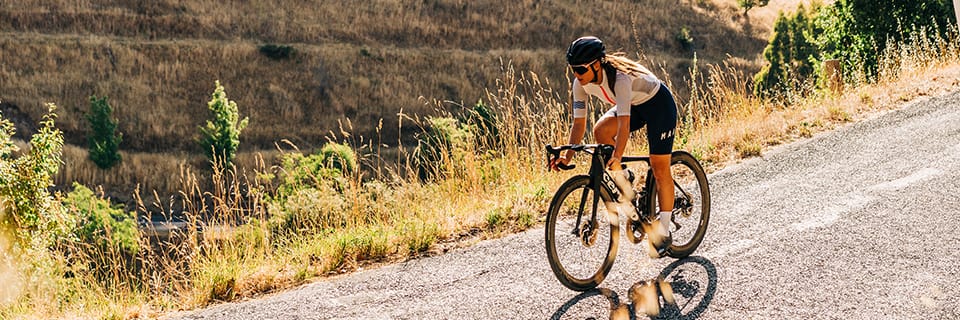When cycling glasses are often indispensable. They protect against relative wind, branches, splashes of water or mud, dust, UV rays and glare. Lens technologies even enhance vision!
FEATURES
- Frame : rimmed or half-rimmed, non-slip temples, temple length, removable nosepiece
- Lens type : material, interchangeable lenses, lens treatment: anti-fog, oleophobic, hydrophobic
- Lens categories : 0, 1, 2, 3 and 4
- Lens technology : polarizing, photochromic, mirror lenses, lens colors
- Fitting : bridge width, lens size, temple length
EVERYTHING YOU NEED TO KNOW ABOUT ROAD AND MOUNTAIN BIKE GOGGLES
FITTINGS
Half-rimmed sunglasses
The frame does not enclose the entire lens, leaving the lower edge free. Some pairs feature a single lens with a very thin upper frame. These lightweight half-rimmed glasses offer an extremely wide field of vision.
Rimmed sunglasses
This time, the frame surrounds the entire lens. The glasses are stronger and more rigid, and the lenses are less likely to be damaged or detached on impact.
Manufacturers often choose to include a anti-slip insert on the temples (and nosepiece) to ensure a good grip during effort.
The other important element in ensuring a good fit will be the length and shape of the temples some are adjustable to fit the helmet perfectly.
TYPE OF LENSES
On most of today's glasses, the lenses are made of polycarbonate or organic glass. Lighter in weight, these lenses don't shatter like real glass on impact.
On cycling goggles, especially mountain bike goggles, the purpose of the lenses is to protect the eyes not only from the sun, but also from the various aggressions they can suffer, such as dust in the wind or branches.
Some pairs of glasses feature interchangeable lensesto switch from one UV protection category to another.
Lastly, depending on the case, the lenses may benefit from one or more coatings to improve visual comfort and/or ease of use. Coating anti-fog is particularly useful in certain weather conditions, especially winter, as it eliminates the risk of condensation, which can be dangerous as well as unpleasant. The treatment hydrophobic makes it easier for water to run off the surface of the lens, ensuring safe, effective vision even in the event of rain or frequent splashing. The coating oleophobic treatment makes it easier to keep lenses clean by making their surface slippery and therefore non-adhesive to dirt.
GLASS CATEGORIES
Category 0 : these transparent or very lightly tinted glasses offer little or no protection against the sun's glare (filtration between 0 and 19% of luminosity). They are worn in rainy weather or at night when there is very little outside light.
Category 1: protection against light increases but remains low (filtration between 20 and 57% of luminosity). Wear on cloudy or foggy days when there's little light outside.
Category 2: increased light protection, with filtration between 58 and 82%. Wear on partly sunny days when light levels are average.
Category 3: the most widely used category! It indicates that 83% to 92% of sunlight is filtered, and is suitable for most sunny situations. UV protection is optimal. Wear them on sunny days when light levels are high.
Category 4: filtering up to 97% of natural light, these lenses are mainly reserved for mountaineering and water sports. The sun's reflection on snow at altitude, or on the open sea, can really burn the retina! Please note, however, that driving is not permitted with this lens category.
LENS TECHNOLOGY
The lenses Iridiumalso often referred to as mirrors provide not only a distinctive look, but also additional comfort by reflecting light effectively. They are therefore ideal in bright lighting conditions.
Eliminating over 99% of reflections from surfaces such as water, a car windshield or the road, mirrored lenses are the ideal solution for a wide range of applications. polarized lenses provide greater visual comfort and considerably improve contrast perception).
Offering great versatility, lenses photochromic lenses are extremely useful when cycling. For example, you can ride through a tunnel without taking off your glasses to see clearly. These lenses behave "intelligently", switching from one category to another (from 2 to 3 or vice versa, for example) automatically, depending on ambient brightness.
Beware, however: this change does not happen instantly, and takes at least several seconds.
Depending on their color, lenses can target a particular lighting environment. A lens yellow enhances contrast in low light conditions and is very pleasant to wear on overcast days. A tinted lens green enhances the perception of blues and greens and is appreciated for urban use; a tinted lens brown increases contrast and reduces brightness, ideal for sports use in bright sunlight. Finally, a gray does not alter colors, so it perfectly reproduces what you see.
ADJUSTMENT
Some glasses are very tight-fitting and well-curved, providing maximum protection, limiting stray light and helping air flow around the face.
The size of the lenses, the width of the bridge (the space between the lenses) and the length of the temples all play a part in comfort. All these parameters must, of course, be assessed according to the shape of your face.
WHICH GLASSES ARE RIGHT FOR ME?
For Road will opt for lightweight models, often with half-rimmed frames, or even with a single screen to guarantee maximum lightness and field of vision.
For MOUNTAIN BIKING will opt for reinforced goggles capable of repelling branch attacks! Only DH / Freeride and Enduro riders will forego goggles and opt instead for a facemask.
In any case, the choice depends above all on your own expectations and lighting conditions.
EQUIPMENT - Glasses
-

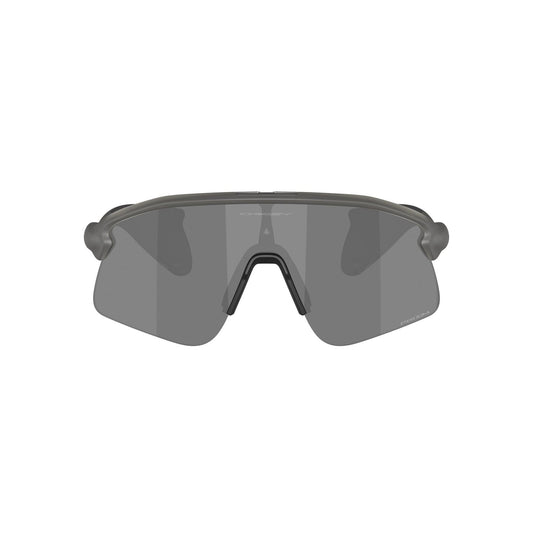
Glasses OAKLEY STUNT DEVIL S Gris Smoke Prizm Black
Regular price 179,90 €Regular priceUnit price per -

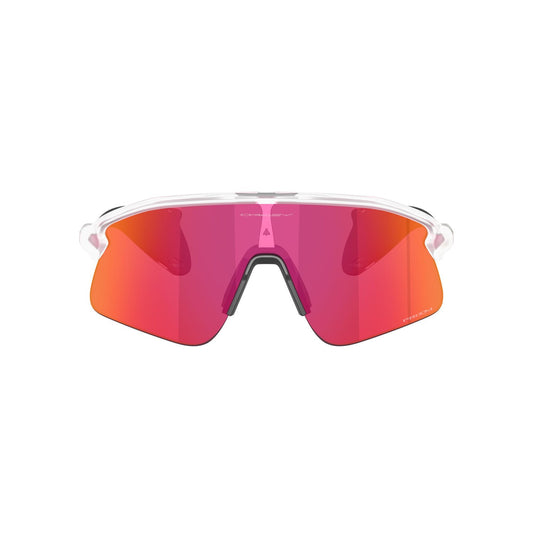
OAKLEY STUNT DEVIL Clear Matt Prizm Field Goggles
Regular price 179,90 €Regular priceUnit price per -

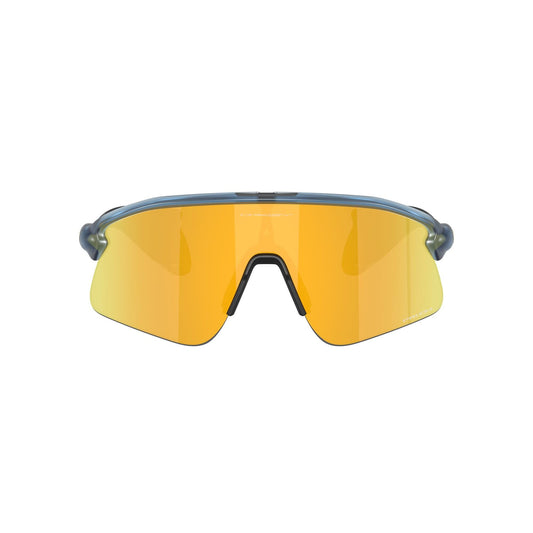
Glasses OAKLEY STUNT DEVIL Translucent Abyss Prizm 24K
Regular price 179,90 €Regular priceUnit price per -

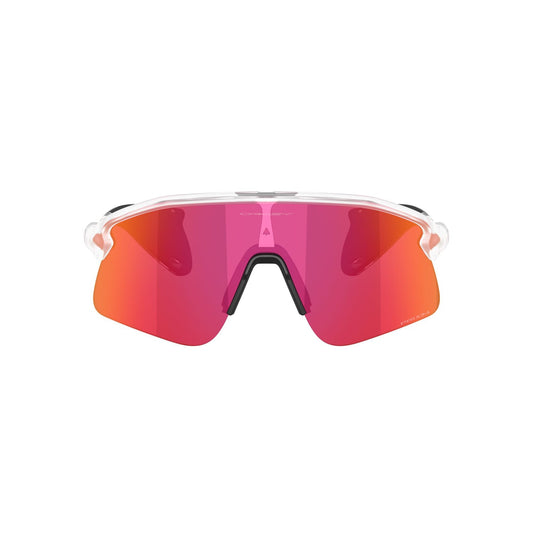
OAKLEY STUNT DEVIL S Clear Matt Prizm Field Goggles
Regular price 179,90 €Regular priceUnit price per -

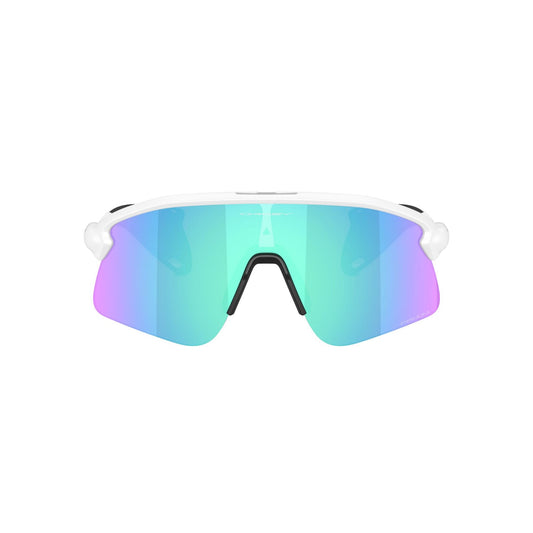
Glasses OAKLEY STUNT DEVIL S White Matt Prizm Sapphire
Regular price 179,90 €Regular priceUnit price per -

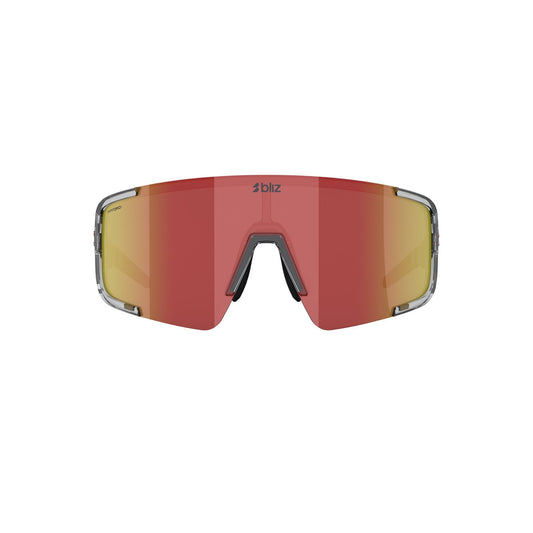
Glasses BLIZ P003 Transparent Grey Lens Red Multi
Regular price 69,99 €Regular priceUnit price per -

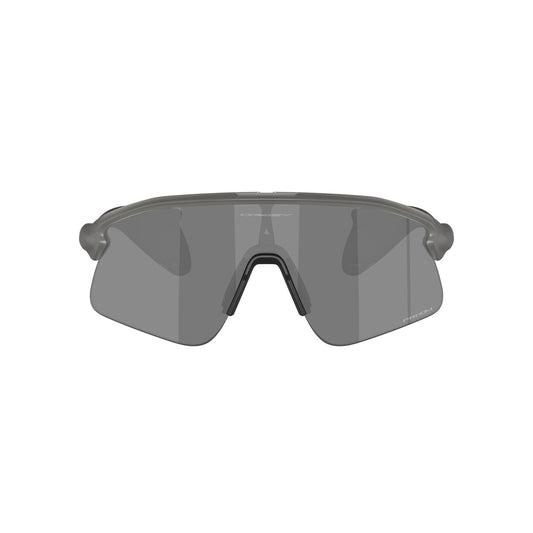
OAKLEY STUNT DEVIL Glasses Smoke Grey Prizm Black
Regular price 179,90 €Regular priceUnit price per -

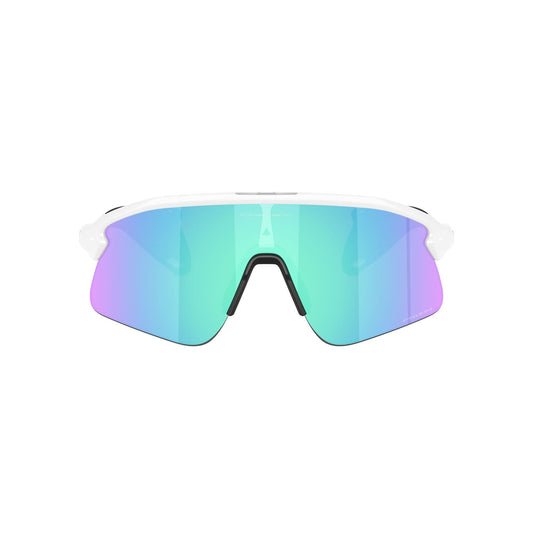
OAKLEY STUNT DEVIL Glasses White Matt Prizm Sapphire
Regular price 179,90 €Regular priceUnit price per
